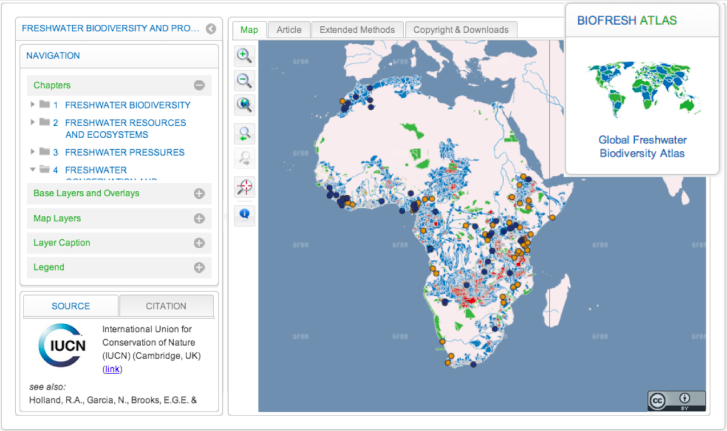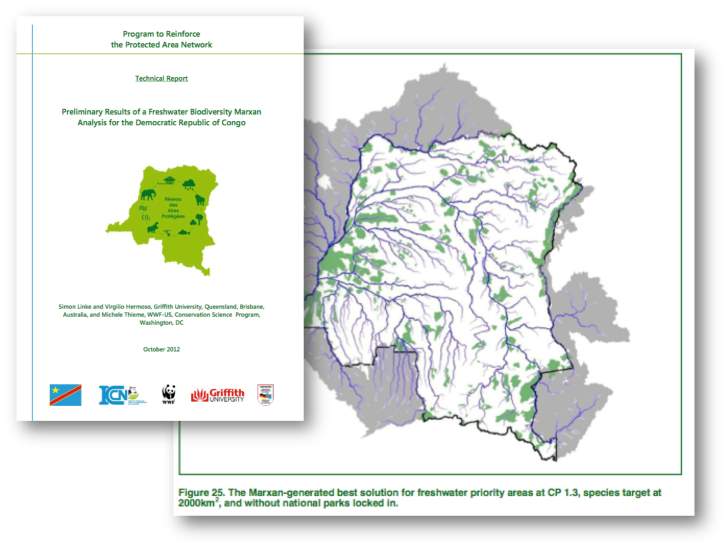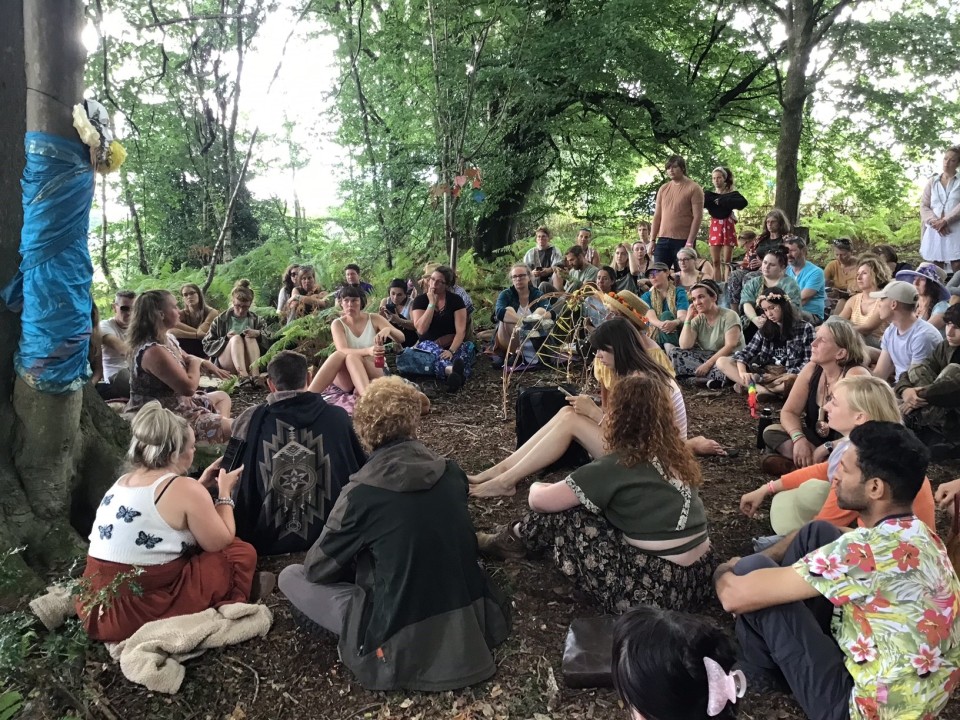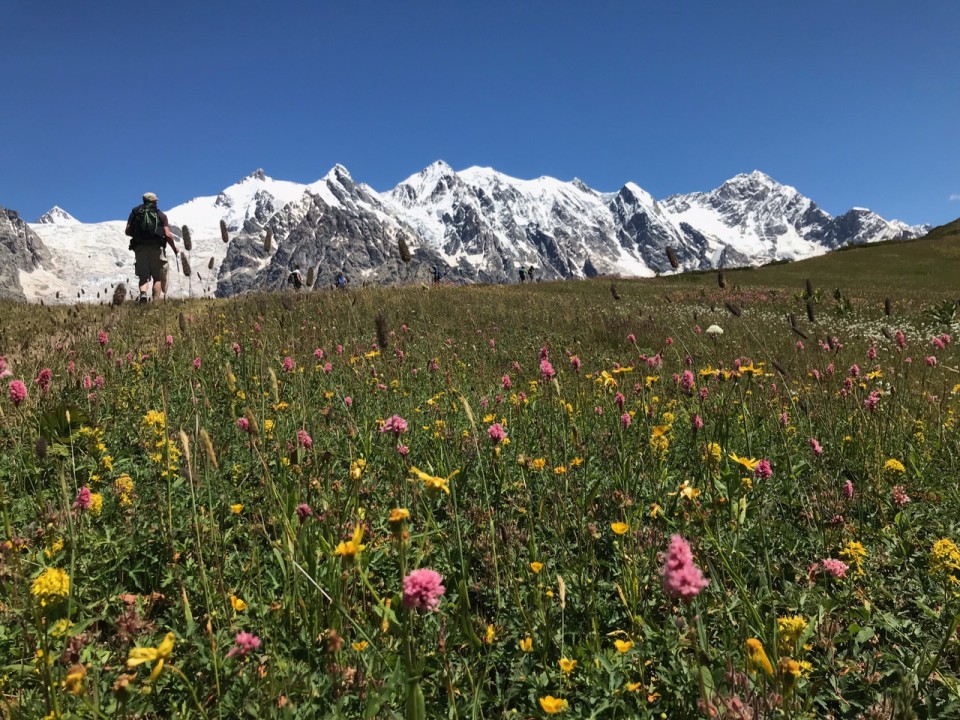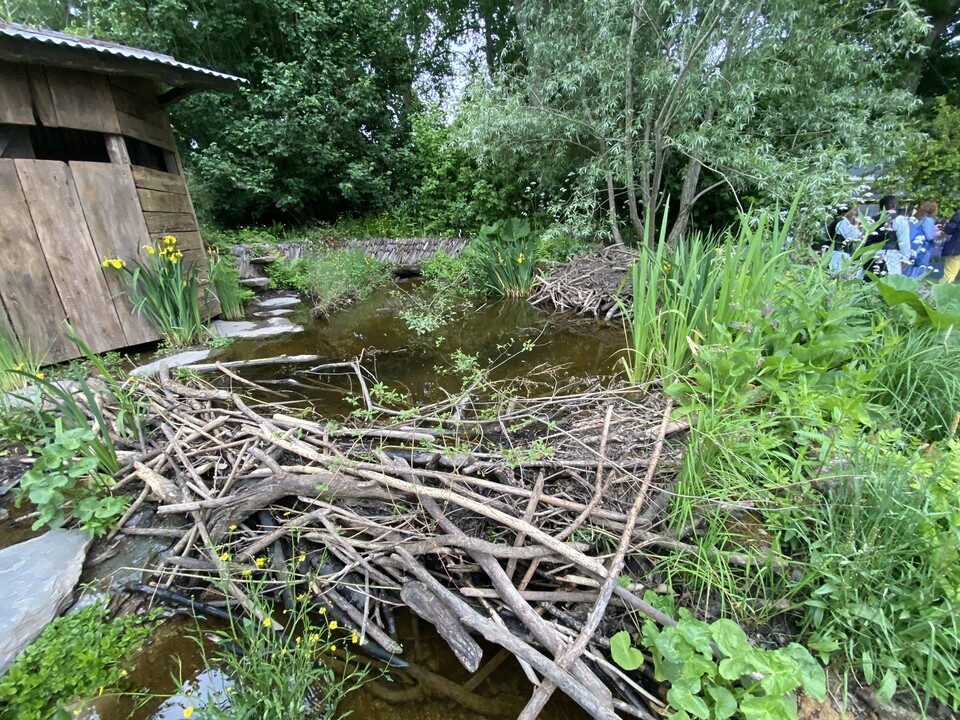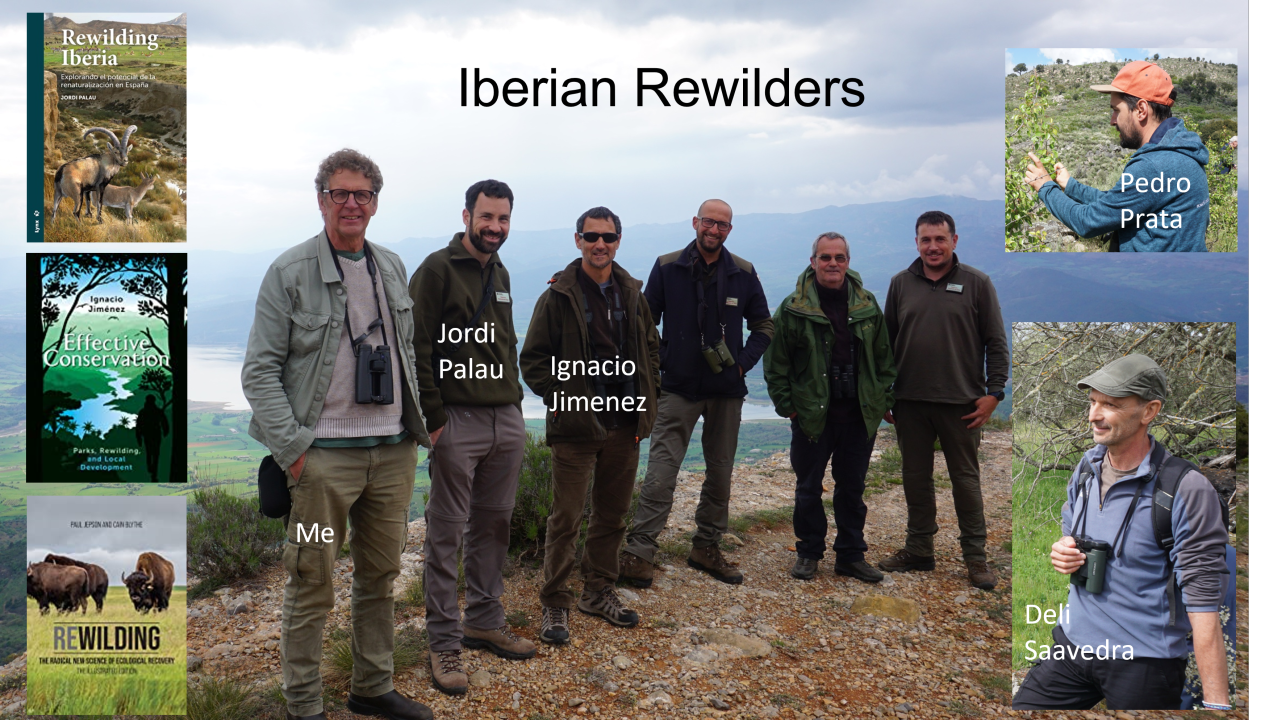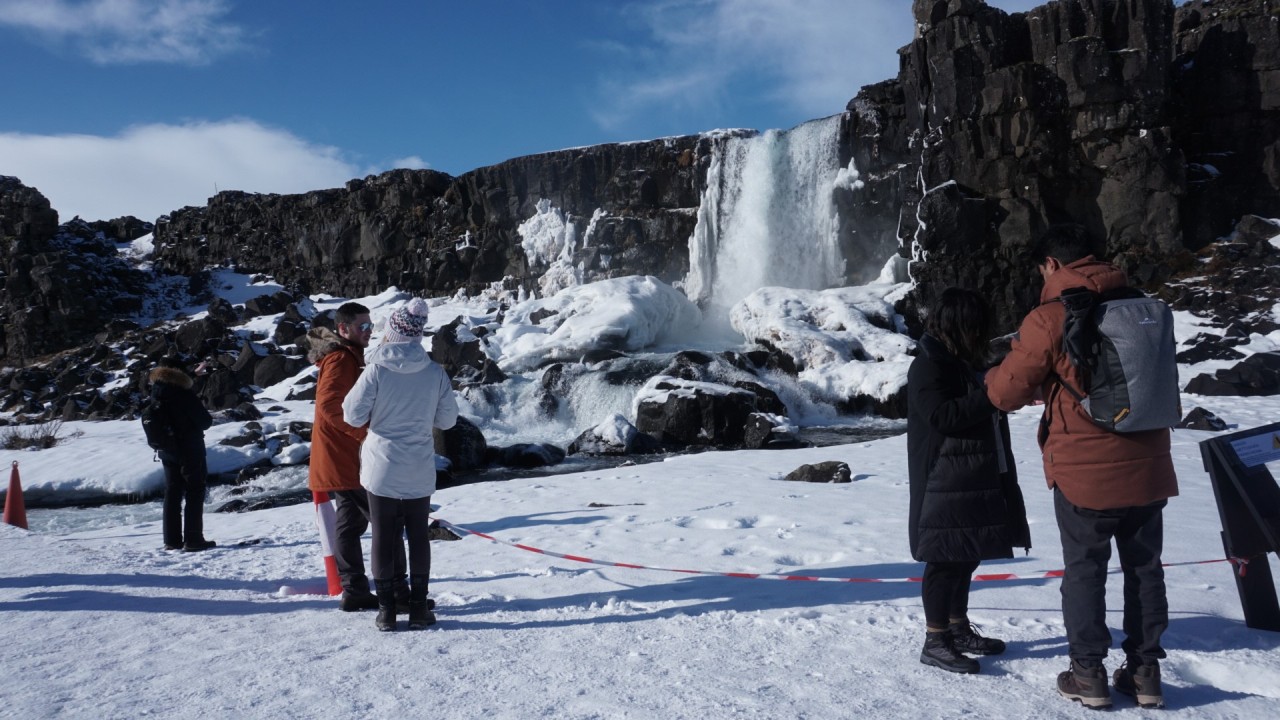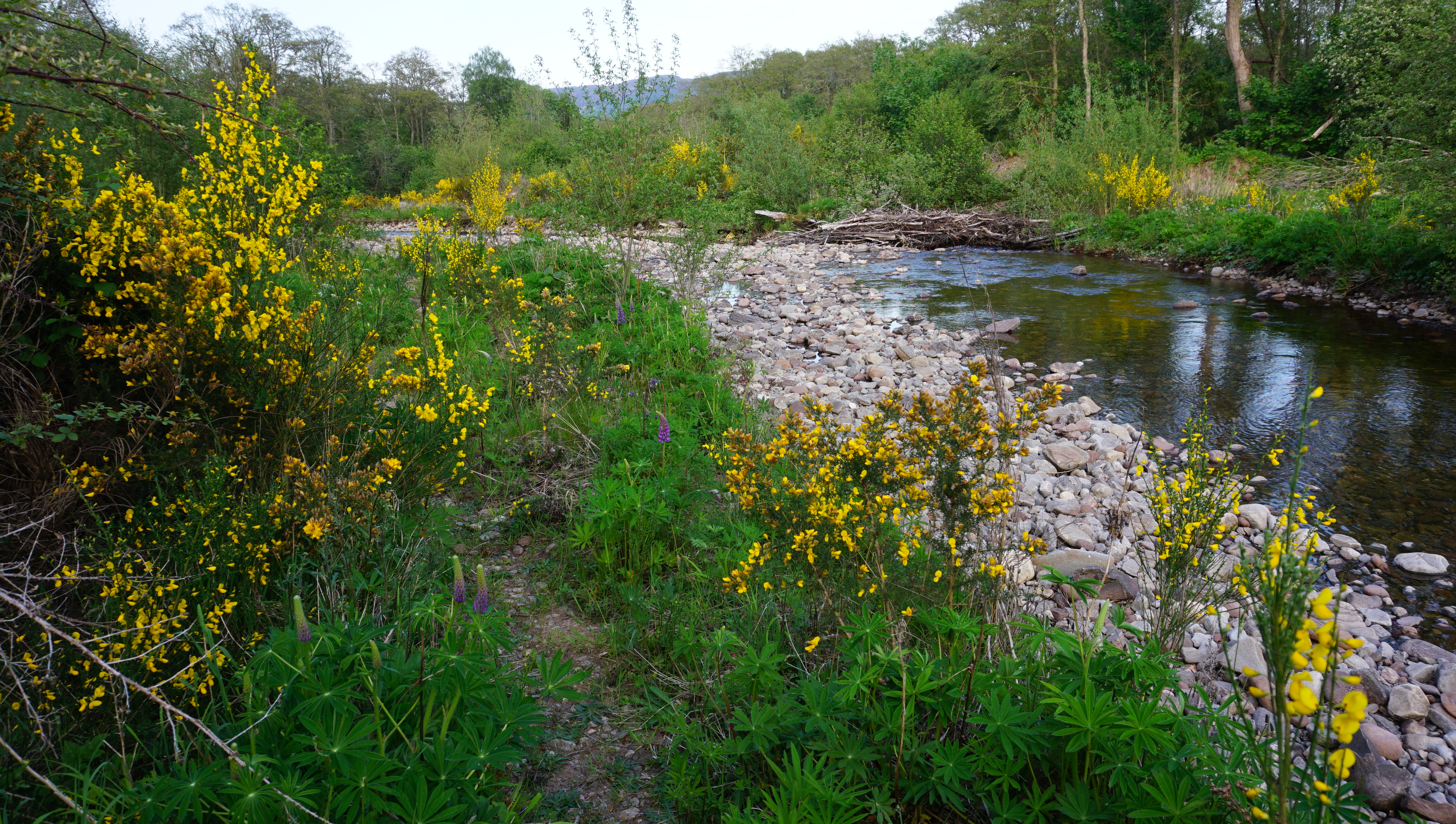Originally posted to the FreshwaterBlog on 30 May 2014
The designation and management of protected areas has been a cornerstone of biodiversity policy for more than a century. In the 1970s, for example, the international community agreed to expand the global protected reserve area system guided by the representation principle – the idea that populations of all species, as well as examples of all habitats, should be represented within regional and national protected area networks and reserve boundaries . They set a goal of 10% of the Earth’s land area to be protected, which has since increased to 17% under Aichi target 11.
Delivery of the representation principle has historically been constrained by gaps in biodiversity knowledge: for instance most reserve systems have been designed without reference to freshwater biodiversity simply because information on the distribution and status of freshwater biodiversity was unavailable.
Identifying the Key Freshwater Biodiversity Areas visualized on this map involved the production of distribution GIS shape files for every species of amphibian, fish, crab, dragonfly and freshwater plant in Africa. This hugely impressive undertaking of the IUCN Freshwater Biodiversity Unit was completed under the BioFresh project. The goal of KBAs is to improve place-based conservation of freshwater biodiversity. However it is the underlying KBA datasets as much as the mapped output that translates KBAs into action on-the-ground.
A good case in point is the Program to Reinforce the Protected Area Network (PARAP) in the Democratic Republic of the Congo (DRC). This is being implemented by the Institut Congolais pour la Conservation de la Nature (ICCN) and the World Wide Fund for Nature (WWF) and funded by the German Federal Ministry of Environment, Nature Conservation and Nuclear Safety (BMU) to support the DRC’s commitment to expand their reserve network to 17% of their national land a
According to Michele Thieme, Senior Freshwater Scientist with WWF the goal of PARAP was to revisit the DRC protected area system – “to go to existing protected areas and see what was still their and what threats they faced and then to redesign and expand reserve system. Part of this was to bring in the freshwater biodiversity dimension using MARXAN.”
MARXAN is a decision support software tool that deploys algorithms to generate reserve system design that achieve specified biodiversity representation goals in an optimal way. The MARXAN tool requires setting targets in the algorithms that process the habitat and species data. It then runs through multiple interactions and “spits out” the best solution and alternative scenarios based on the selection of different planning units.
Thieme started with a meeting of scientists and DRC government representatives with expertise in freshwater who set the conservation targets. These included the percentage of freshwater ecosystem types and species distribution to be represented in the reserve system along with the spatial scale of potential reserves. Next she described how they entered into the MARXAN software shape files of different ecosystems types that WWF had previously developed along with newly available IUCN KBA species distribution and similar data sets of freshwater mammal and bird distribution.
Needless to say running MARXAN for freshwater biodiversity was not quite so simple. Thiem describes how “the standard’ MARXAN algorithm is designed for terrestrial reserves systems and seeks to clump reserves where possible to promote connectivity. However hydrological connectivity is linear – along river systems.” To over-come this limitation she worked with Simon Linke and Virgilio Hermoso, Griffith University who adapted a piece of the MARXAN algorithm to take into account adjacent hydrosheds and clump hydrological regions thereby promoting hydrological connectivity.
The outcome of this freshwater biodiversity system design, along with full details of the methodology is available in the 2012 Technical report Technical Report “Preliminary Results of a Freshwater Biodiversity Marxan Analysis for the Democratic Republic of Congo”. The DRC government agency responsible for protected areas has the report but Thieme is not quite sure what currently is happening with it. It is not unusual that a scientific input seemingly disappears when entering the bureaucratic policy process only to reappear some indeterminate later is a tangible on the ground change. Lets hope this is the case for freshwater biodiversity and a revised DRC protected areas system design.

